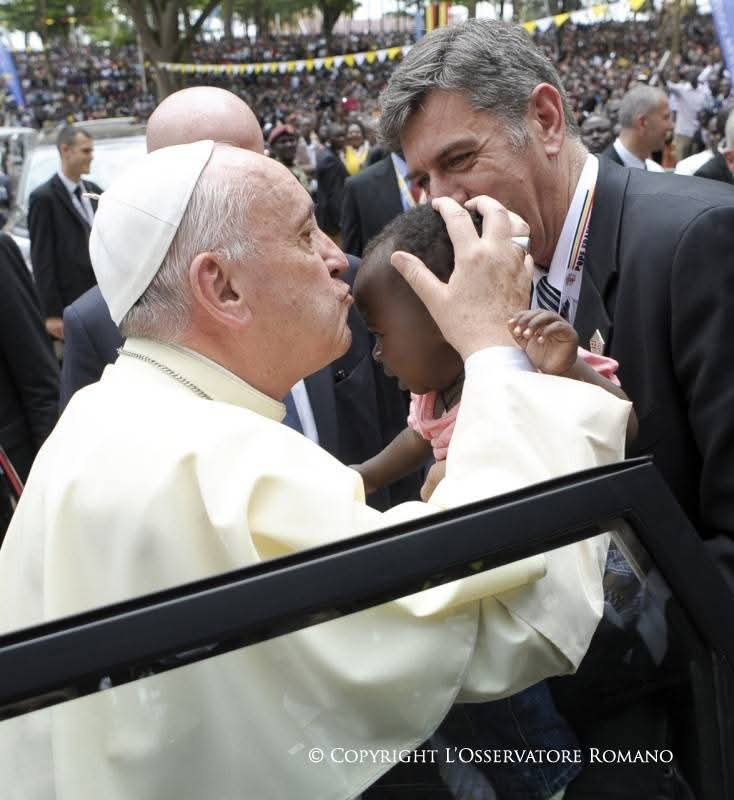A Time of Transition: Liturgical Changes Following the Pope's Death
The phrase "we pray for Pope..." is a common and cherished part of the Mass for Catholics around the world. It's a moment where the faithful collectively offer their intentions for the Holy Father, the visible head of the Church. However, with the passing of Pope Francis on Easter Sunday, this familiar prayer has taken on a new and poignant meaning, or rather, a temporary absence in its usual form.
As many Catholics around the world observed Easter Sunday, a significant change in the Mass liturgy followed the announcement of the Pope's death. The familiar prayer, "we pray for Francis our Pope," is no longer included in the Eucharistic Prayer.
During the Sede Vacante (Latin for "the seat is vacant"), the period between the death of a Pope and the election of a new one, the name of the deceased Pope is not mentioned in the Eucharistic Prayer. The standard liturgical texts are adapted to reflect the vacant see. The prayers instead focus on the local bishop and the clergy, omitting the specific mention of the Pope.
In place of praying for the living Pope, the Church now offers Masses for the repose of the soul of the deceased Pope. This period of mourning, traditionally lasting nine days and known as the Novendiales, is dedicated to offering special Requiem Masses and prayers for the late Pontiff. These prayers beseech God to grant the Pope eternal rest and to welcome him into the heavenly kingdom.
The liturgical adjustments during the Sede Vacante underscore the Church's response to the reality of the Pope's death. They mark a transition from praying for his continued ministry to praying for his eternal repose and for the guidance of the Holy Spirit upon the College of Cardinals as they prepare to elect a new successor to Saint Peter in the upcoming Conclave. The last day the faithful would have prayed for the living Pope Francis in the standard Eucharistic Prayer was indeed Easter Sunday.



Comments
Post a Comment